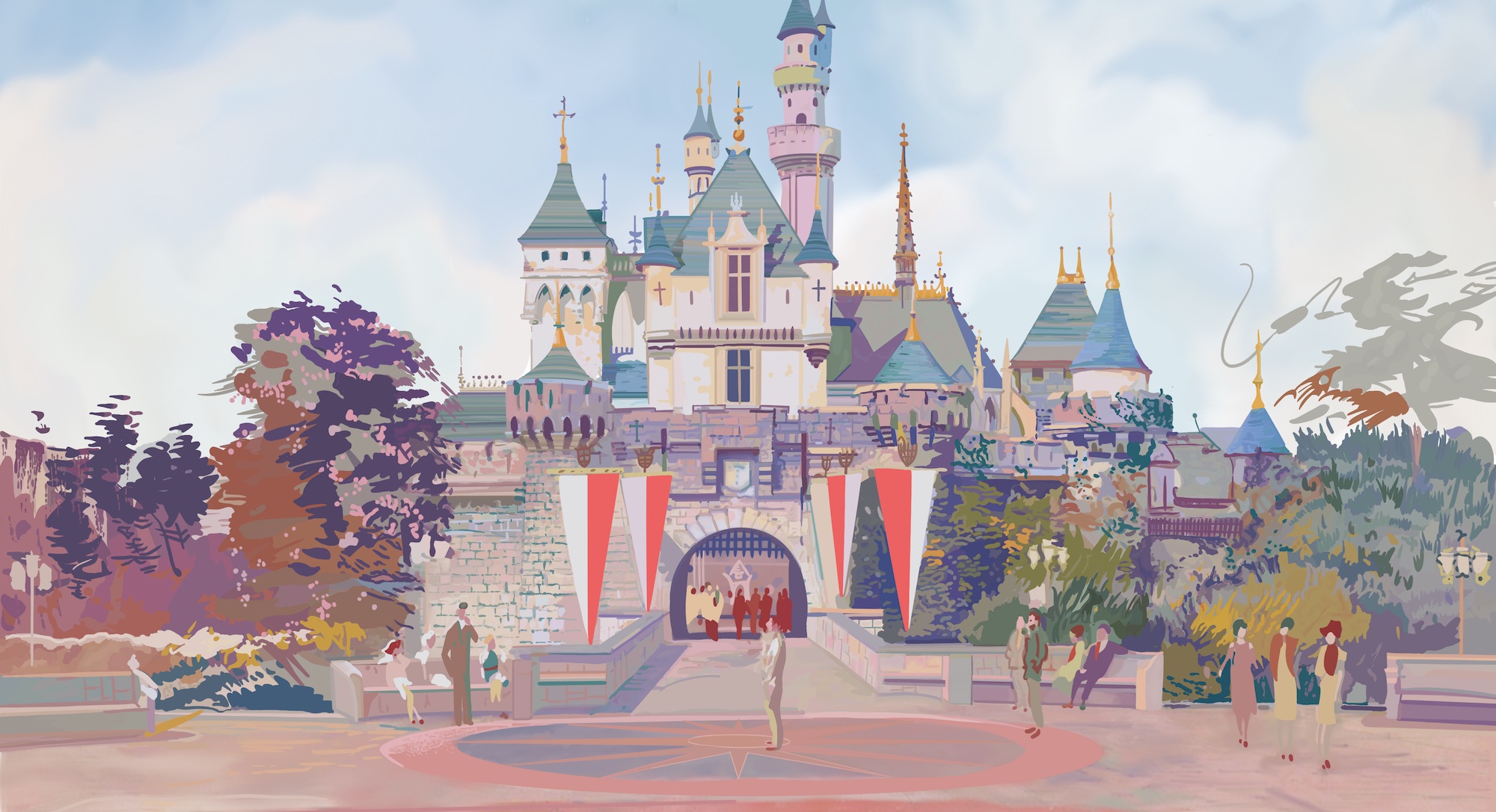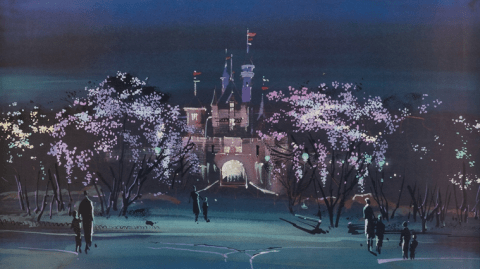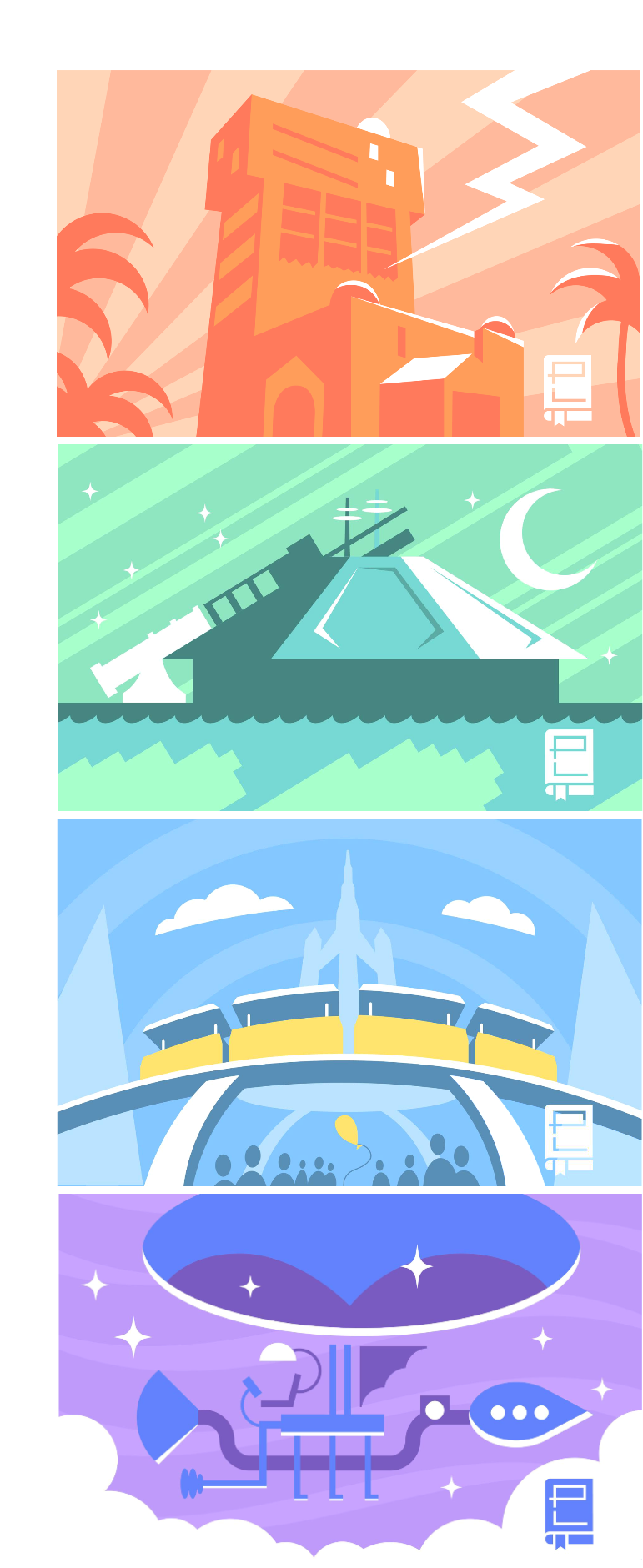When it comes to intellectual property (IP), it’s tough to beat The Walt Disney Company. Not only does Disney have over a century of its own, homemade IPs and definitive fairytale adaptations to tout (everything from Mickey Mouse to Maleficent; The Little Mermaid to Mirabel) but decades of high profile, high-cost acquisitions have armed Disney with priceless character portfolios from ABC, The Muppets, Pixar, Marvel, Star Wars, and 20th Century. It all adds up to a roster of stories, characters, and brands that make Disney the one to beat in the “IP Wars” that power merchandising, streaming, and the box office.
But in the last few decades, Disney’s meteoric acquisitions have been seen and felt in their theme parks, too. Don’t misunderstand. We’re not huge fans of how Disney Parks have gone decades without original rides, or how the Parks seem to be “buckets” meant to collect from Disney + Pixar + Marvel + Star Wars instead of creating new stories all their own… but there’s no question that as a battlefront in the IP Wars, theme parks have become the newest places to see beloved, blockbuster stories come to life…
Continue reading “From “Netflixland” to “Max World,” Imagined Lineups for Streaming Giants’ Could-Be, Imaginary Theme Parks”












